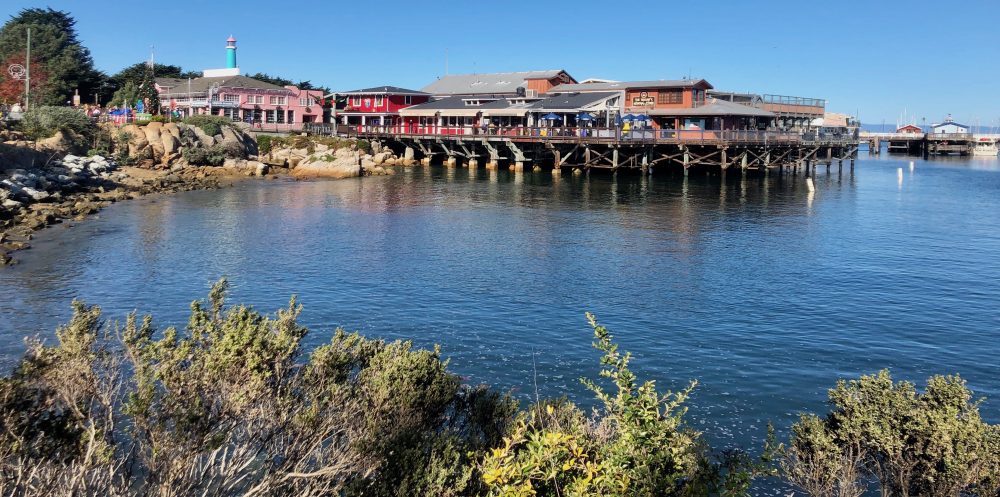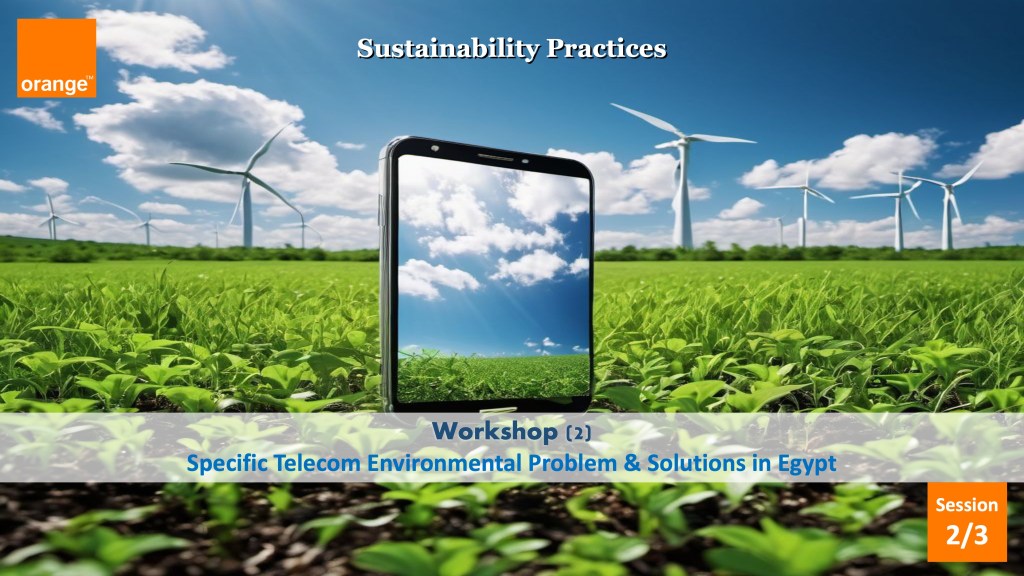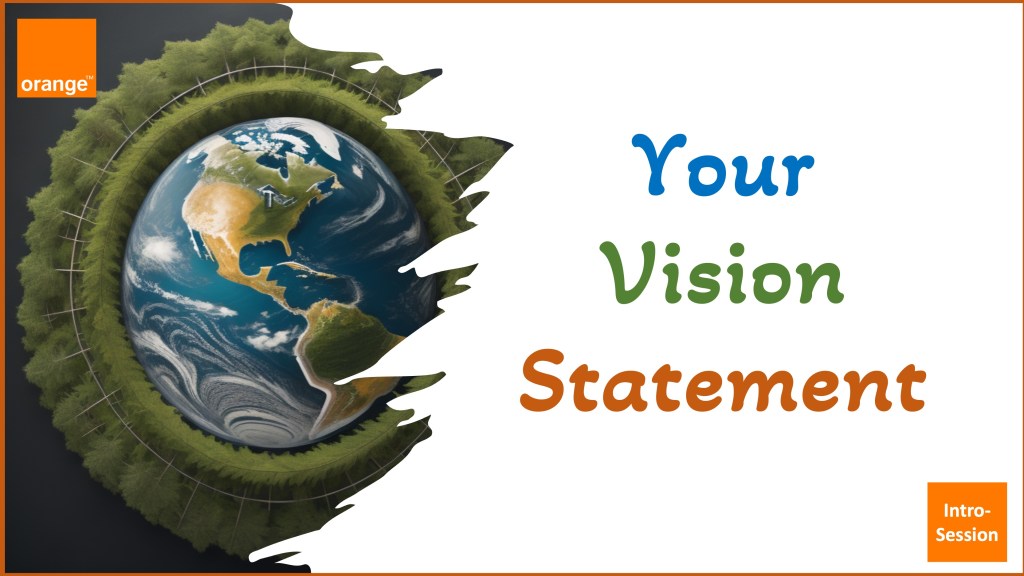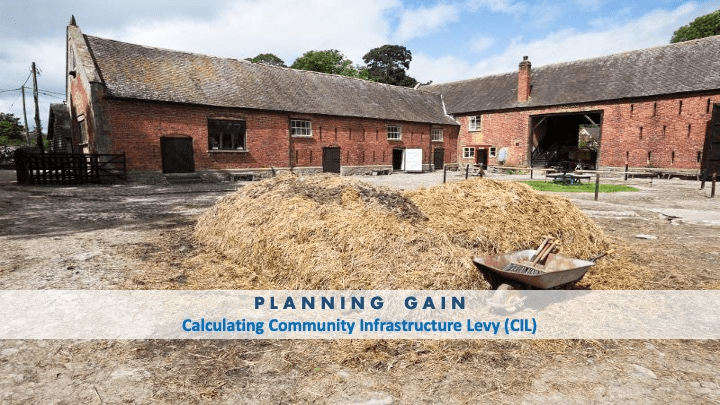
Your vision Statement and compiling all the submissions in the final report.
You will compile their submissions in relation to a specific theme of their choice to build a narrative that explains what they learned throughout the course. This final report will be in A3 landscape format featuring a summary of your understanding of each session and reflecting your own judgment and critical opinion.
This final report can be presented to your current (and future) employers. And a copy will be placed on the course website that you can share on your CV, LinkedIn, and other professional portfolio.











